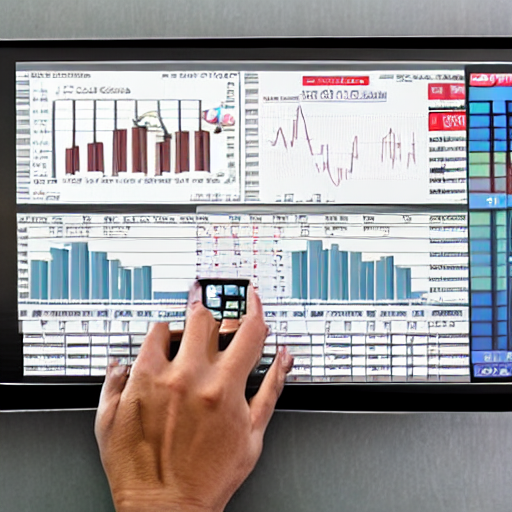Understanding the Link Between Inventory Management and Cash Flow
Listen up, folks! If you're running an ecommerce business, you've got to understand that inventory management and cash flow are like two peas in a pod. They're intertwined, they're connected, they're...you get the point. Let's dive into this.
First things first, inventory management is all about how you handle the goods your business sells. It's about knowing what you've got, where it's at, and when it's going out. But here's the kicker - it's not just about keeping track of physical items. It's about money, baby! Your inventory is tied up cash, and how you manage it directly impacts your cash flow.
Imagine this - you've got a warehouse full of goods. Looks good, right? Wrong! Every item sitting there is money that's not in your pocket. It's cash that's tied up, not doing anything for you. That's why poor inventory management can strangle your cash flow. It's like a python squeezing the life out of a mouse...not a pretty picture.
On the flip side, good inventory management is like a well-oiled machine. It keeps things moving smoothly, ensuring you've got the right amount of stock at the right time. It means less cash tied up in stock, more cash in your pocket, and a healthier cash flow. It's like a breath of fresh air for your business.
But how does this all tie into ecommerce? Well, in the digital world, inventory management is even more crucial. You're not just dealing with physical goods, but also digital products, drop-shipping arrangements, and more. It's a complex web, and if you don't manage it right, it can tangle up your cash flow faster than you can say 'inventory overload'.
So, what's the bottom line? Inventory management isn't just a nice-to-have. It's a must-have for any ecommerce business that wants to maintain a healthy cash flow. It's about more than just counting stock. It's about making sure your money is working for you, not just sitting around gathering dust. So get on top of your inventory management game, and watch your cash flow soar!
How to Improve Cash Flow Through Inventory Management
Hey, you! Yes, you, the one running an ecommerce business. You're doing a great job, but let's talk about something that's probably keeping you up at night: cash flow. It's the lifeblood of your business, right? But, did you know that your inventory management can have a massive impact on it? Let's dive in.
So, you've got products. Lots of 'em. But are they just sitting there, gathering dust? That's money tied up, my friend. Every product on your shelf is a dollar not in your bank. You've got to get those products moving!
First things first, let's talk about demand forecasting. It's not just some fancy term, it's your new best friend. By predicting what your customers are going to want, and when they're going to want it, you can make sure you've got just the right amount of stock. Not too much, not too little. It's like Goldilocks, but for your inventory.
But how do you do it? Well, you've got to get into the data. Look at your sales trends, consider market research, and don't forget about seasonality. All of these can help you predict what's going to fly off the shelves, and what's going to stick around longer than you'd like.
Next up, let's talk about the Just-In-Time (JIT) inventory system. It's a game changer. With JIT, you only order what you need, when you need it. No more overstocking, no more wasted resources. It's all about efficiency, and efficiency equals improved cash flow.
But wait, there's more. Have you considered dropshipping? It's a model where you don't even have to hold inventory. Instead, your supplier ships directly to your customer. It's not for everyone, but it can drastically reduce your inventory costs and improve your cash flow.
Finally, don't forget about the power of a good inventory management system. It can automate a lot of these processes, making your life easier and your cash flow healthier. It's an investment, sure, but one that can pay off big time.
So, there you have it. Inventory management isn't just about keeping track of what's in your warehouse. It's about strategically using your inventory to improve your cash flow. And who doesn't want that?







